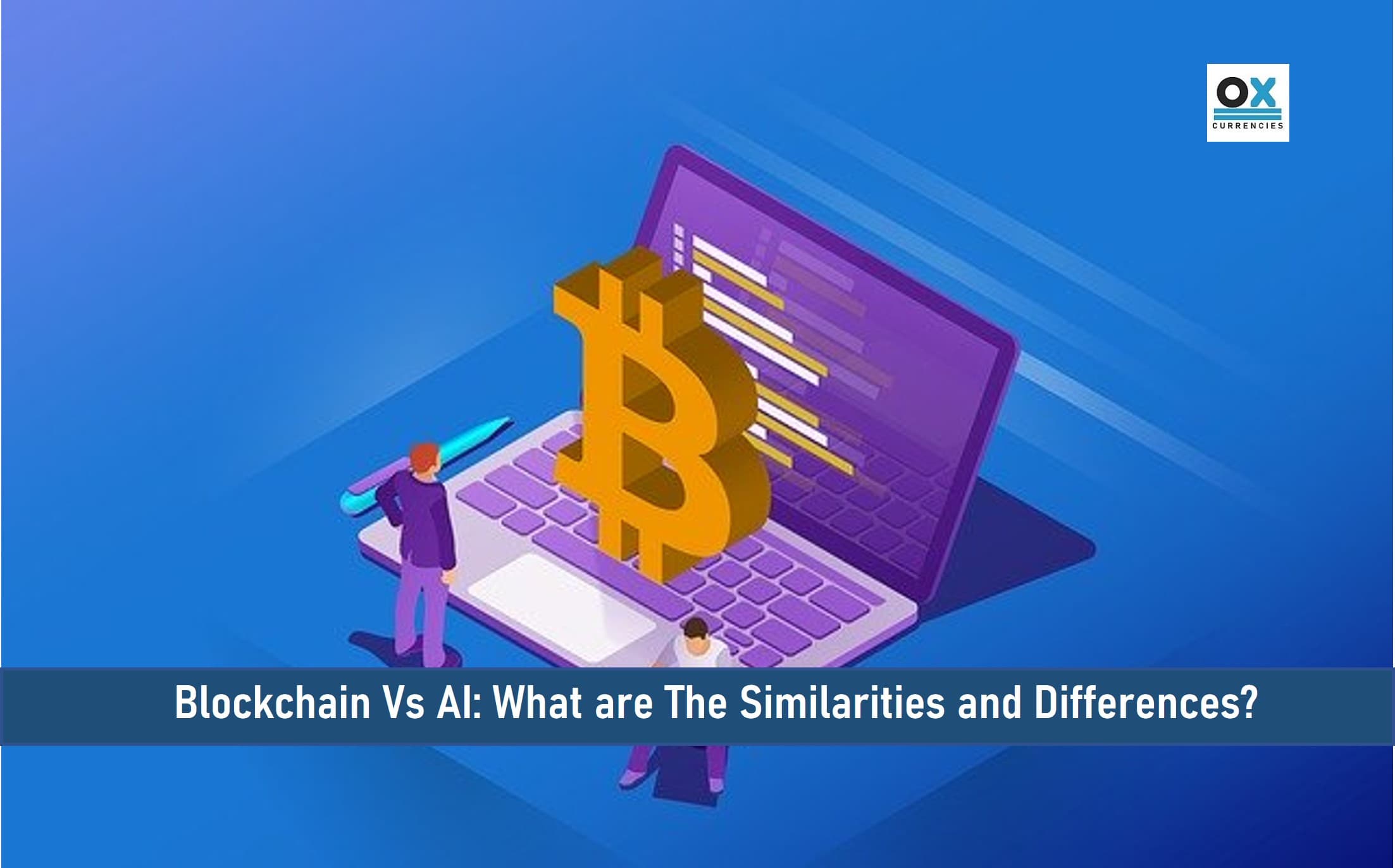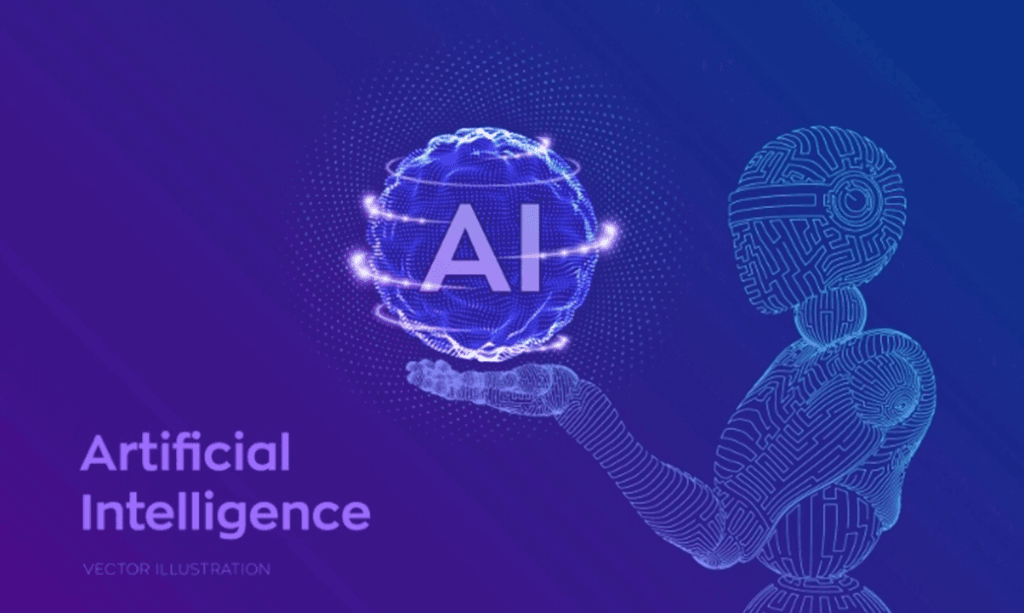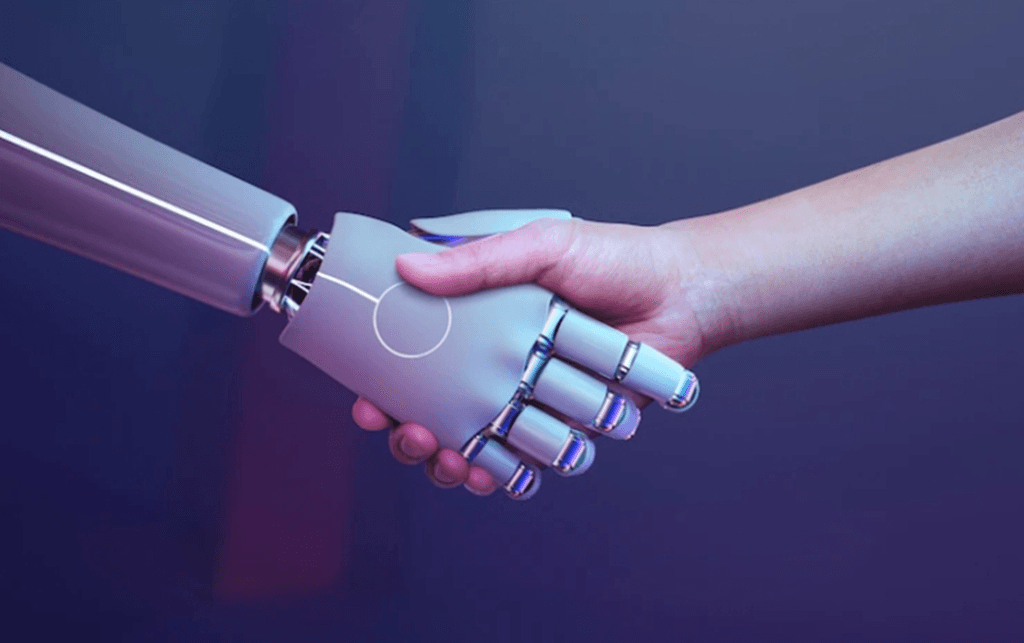
AI and Blockchain are the driving force behind some of the top innovations in the world today. These technologies have made life easier and successfully opened a path for the next series of innovations that will continue to drive human advancement.
The concept of Blockchain development and artificial intelligence (AI) has been around for quite a while. But despite their long existence, there are still some things to be clarified about them.
Therefore, this article will provide insights into some similarities and differences between Blockchain and AI. Keep Reading!
Key Takeaways
• Blockchain and artificial intelligence (AI) are two technologies that have gained a lot of attention in recent years. While they are both complex and multifaceted, they have some key differences and some areas of overlap.
• Blockchain is more of a distributed database for recording transactions more transparently and seamlessly.
• Blockchain is used in cryptocurrencies like Bitcoin, Ethereum, etc., for fast transaction processing and risk elimination and in the creation of decentralized systems.
• One of the key features of a blockchain is that it is decentralized, meaning that a single entity does not control it. Instead, it relies on a network of computers to validate and record transactions. This makes it difficult for any single party to manipulate the data on the Blockchain.
• AI involves using machine intelligence to solve complex human problems
• It is also used in automating different tasks and performing them more effectively and efficiently.
Blockchain Overview
When we talk about Blockchain, it has to do with a distributed database that allows multiple parties to record transactions securely and transparently.
It is commonly known as the underlying technology for cryptocurrencies like Bitcoin, Ethereum, etc. Blockchain also allows for the creation of decentralized systems that can operate without the need for a central authority.
In the larger context of cryptocurrency, a blockchain tracks the ownership and transfer of digital coins or tokens.
Each time a transaction occurs, it is recorded on the Blockchain, creating a permanent and unchangeable record of the exchange.
A blockchain is also made up of blocks containing records of multiple transactions. These blocks are linked together in a chronological chain, with each block referencing the previous block. This creates a tamper-evident record of all the transactions on the Blockchain.
Artificial Intelligence (AI) Overview

Artificial Intelligence refers to the ability of machines to perform tasks that would normally require human intelligence, such as learning, problem-solving, and decision-making.
There are various types of AI, ranging from rule-based systems to more advanced forms like deep learning neural networks.
AI has the potential to automate many tasks and make them more efficient. Still, it also raises ethical concerns about the potential displacement of jobs and the control of AI systems.
AI can analyze market data and make trading decisions based on that analysis. Some cryptocurrency trading platforms use AI to identify patterns and trends in the market, which can help traders make more informed decisions.
Similarities Between Blockchain and AI

1. One area of overlap between Blockchain and AI is the use of smart contracts. A smart contract refers to a self-executing contract with the terms of the agreement between buyer and seller directly written into lines of code.
The code and the agreements contained therein are stored on the Blockchain and can be enforced automatically.
Smart contracts have the potential to make transactions faster, more secure, and more transparent, and they could be used together with AI systems to automate certain processes.
2. Another similarity between AI and blockchains is the use of AI to improve the performance of blockchain systems. For instance, AI could optimize the Bitcoin blockchain system’s mining process or help identify and mitigate security threats.
3. Blockchain analysis: AI can be used to analyze blockchain data and identify patterns or trends that might not be obvious to humans. This can be useful for understanding the behavior of different cryptocurrencies and predicting their performance to assist traders in futures trading.
4. Fraud detection: AI can be used to identify suspicious activity on cryptocurrency exchanges and wallets. For example, an AI system might be trained to recognize behavior patterns indicative of money laundering or other illegal activities.
The decentralized nature of blockchain technology also makes it resistant to fraud and tampering, as a single entity does not control it.
This makes it an attractive option for storing and transferring value in the form of cryptocurrency. So both technologies are quite efficient for fraud detection and management.
Differences Between Blockchain and AI
Some of the major differences between Blockchain and AI are:
1. Purpose: Blockchain is primarily used to record and verify transactions, while AI is used for automating tasks and making decisions.
2. Structure: Blockchain is a decentralized system that relies on a network of computers to validate transactions and add them to the ledger. In contrast, AI systems are typically centralized and rely on a single computer or group of computers to process and analyze data.
3. Decision-making: In a blockchain system, decisions are made through a consensus-based process involving multiple parties, while in AI systems, decisions are made based on the data and algorithms that have been programmed into the system.
4. Usage: Blockchain technology is mainly used in the financial industry, but it also has potential applications in many other fields. Conversely, AI has a wide range of applications across many different industries, including healthcare, finance, transportation, and manufacturing.
Frequently Asked Questions (FAQs)
Q1. Is AI the same as Blockchain?
Although both technologies are interwoven in some areas as earlier discussed, their aim is quite different.
The goal of a Blockchain is to act as a public ledger for storing data, transactions, etc, to ensure security and privacy, while that of AI is to provide more knowledge necessary in building learning systems based on Blockchain technologies to achieve scalability, data privacy, and protection.
Final Thoughts
While Blockchain and AI are two distinct technologies, they do have some areas of overlap and can potentially be used together to solve complex problems.
Whereas blockchains can be used for various purposes, including recording financial transactions, storing data, and automating processes through smart contracts, the development and deployment of AI also raise ethical concerns, such as the potential displacement of jobs and the control of AI systems.
As a result, there is an ongoing debate about the best way to balance the benefits of AI with the need to address these concerns.
Read More




